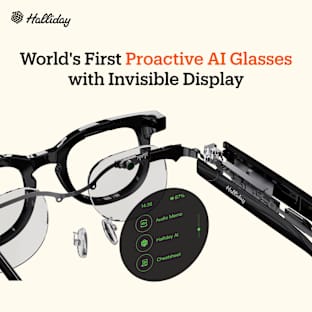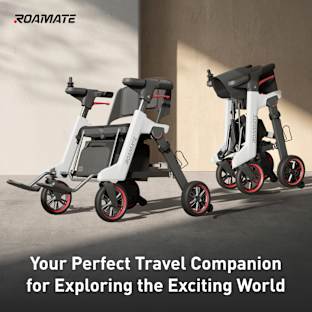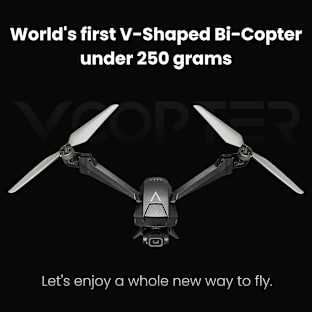Welcome to SimPrints
SimPrints
is a rugged, low-cost biometric scanner that can sync
wirelessly with mobile phones. Our goal is to allow health workers to access
patient medical records anytime,
anywhere; improving the delivery of healthcare and saving lives even in
some of the toughest environments on the planet.![SimPrints Scanner]()
![Simprints Scanner SimPrints Scanner]()
The Need
In the past 10 years there has been a wave of clever mobile-health applications developed by NGOs around
the world to help them provide medical care. These tools do everything from
running diagnostic decision trees to monitoring drug stock outs.
However patient identification and authentication remains a key bottleneck in expanding the reach
of mobile healthcare. Matching patients digitally to health records is a big
challenge when people often don’t have national health numbers or fixed
addresses, and lack formal IDs such as driver’s licenses. Our field experience
has found that even typical identifiers used in developed world contexts such
as names or dates of birth are
inadequate in developing countries where multiple people may share the same
name in a village or do not know their birthday. As a consequence many NGOs and governments
often have to make do with inadequate or missing medical records, seriously
limiting their ability to deliver high quality health care.
![Community Health Worker, Bangladesh Community Health Worker, Bangladesh]()
Our Solution
SimPrints
overcomes this challenge by linking patients to health records through a single unique identifier, their fingerprint. A person’s fingerprint is
a biometric ID that’s completely unique to them and—unlike typical paper
records—can’t be faked or lost. In the past decade fingerprinting accuracy has
increased greatly and costs are coming down, but very few people are looking at
applications for the developing world. SimPrints is prototyping a scanner that syncs with existing m-Health
applications to empower them with biometric tools.
![SimPrints Process Flow SimPrints Process Flow]()
A community health worker can download the SimPrints app on
their phone and pair it with their device via Bluetooth. When a worker swipes a
patient’s fingerprint it’s sent to the SimPrints application, which translates
it into a unique numeric ID. This ID can enrol new patients, or seamlessly
match existing patients to their health records, which will give their medical
status and suggest next steps in their care. These records can be stored locally on the phone, or in cloud databases increasingly being used
by medical nonprofits and governments all around the world.
What’s especially powerful
about biometrics is the incredible range of things you can do once you have
a scanner built for these contexts. For example, fingerprint scans can be
matched with timestamps and GPS coordinates to confirm health workers are
visiting patients on time, allowing managers to track workforces or monitor
health patterns. Fingerprints can also be used to reduce fraud and corruption
in the distribution of aid, by requiring providers to produce a unique
fingerprint for every recipient helped. Biometrics also have potential
applications in securing microfinance loans, or authenticating mobile banking
transfers.
Campaign Goals
![iHub, Nairobi iHub, Nairobi]()
The goal of this campaign is to raise funds to hire four Kenyan engineers to join
our team. They’ll be working directly with our lead mechanical engineer Reg
Orton and software programmer Tristram Norman to do the heavy lifting,
constructing circuit boards and testing software. What’s unique about SimPrints
is that we’re not just a bunch of researchers and engineers building technology
for the developing world in a Western lab. All of our protoyping is being done full-time in Kenya, close to the actual
problems we’re trying to solve. This is part of a broader movement led by organizations
like Kenya’s iHub to build more ICT solutions for the developing world in the
developing world. We’re really passionate about this type of work and are proud
to be part of it.
Next Steps
We’ve put together a
team of researchers, engineers, programmers, and industrial design specialists
to make this happen. We’ve already constructed our first proof-of-concept model
and the software for the initial application. Where we want to go next is to
build a full prototype to field test this fall. We’re very lucky to have an implementation partner in MedicMobile,
one of the world’s leading mobile health NGOs. However, we can’t finish
building this technology alone. That’s where you come in. If you believe in
what we’re doing and think you can help, then please donate on the right-hand
side or get in touch!
Who's talking about us?
![Who's talking about us? Who's talking about us?]()
http://www.cambridge-news.co.uk/Business/Business-News/Innovative-health-care-ideas-from-brainstorm-27032012.htm
http://www.cabume.co.uk/the-cluster/idea-transform-picks-four-tech-ideas-with-potential-to-change-the-world.html
http://www.gatescambridge.org/news/detail.asp?ItemID=13443



























































